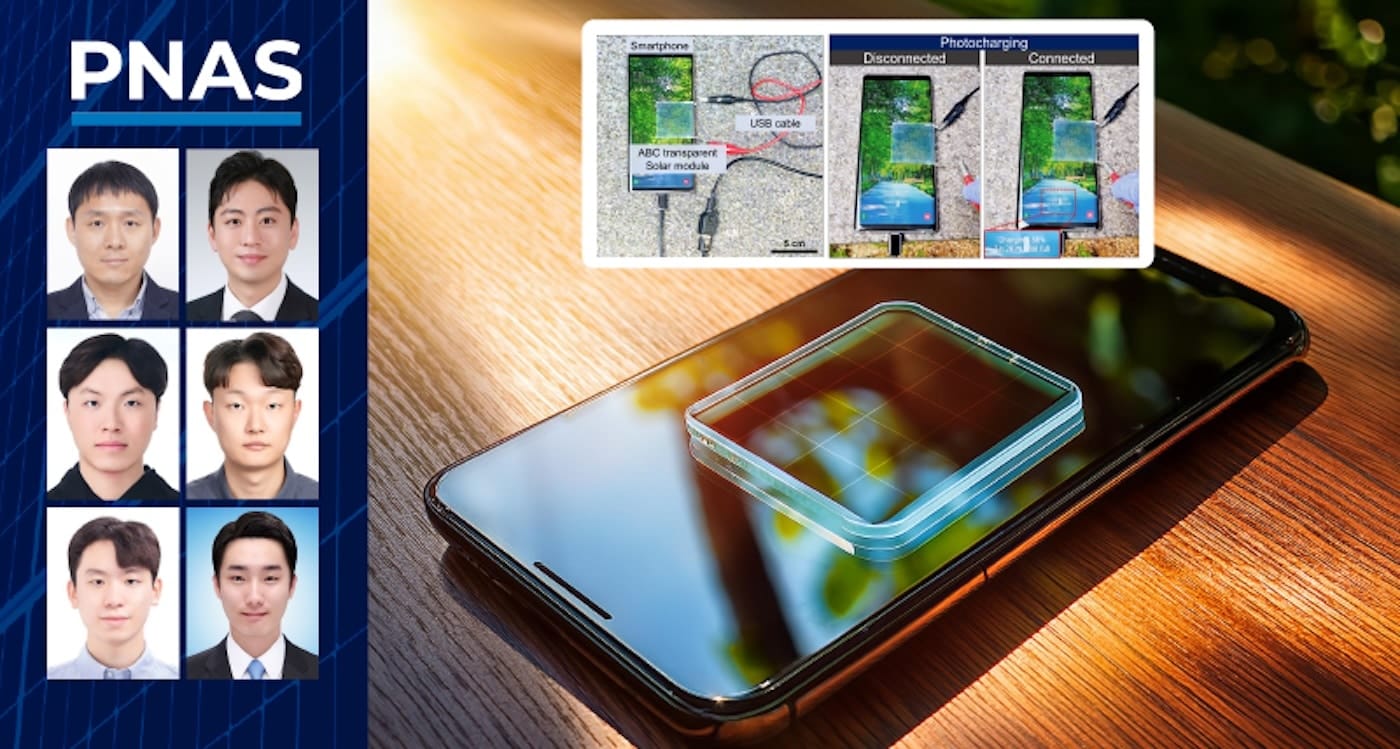A team of researchers from the Ulsan National Institute of Science and Technology (UNIST) in South Korea has achieved a revolutionary breakthrough in the field of solar energy: functional transparent solar cells capable of directly charging electronic devices through glass surfaces. This innovation promises to transform the way we generate and use energy in our daily lives.
Innovative Technology with Versatile Applications
The new technology developed by Professor Kwanyong Seo’s team enables the charging of mobile devices, tablets, and laptops using natural sunlight passing through transparent surfaces such as screens or windows. Beyond its application in electronic devices, these transparent solar cells have the potential to be integrated into car and building windows, opening up a wide range of possibilities in the energy sector.
Revolutionary Design and Seamless Modularization
The heart of this innovation lies in two key aspects:
– All-Back-Contact (ABC) total design: This approach hides all electrical components on the back of the cell, preserving its glass-like transparency.
– Seamless modularization technology: It eliminates the need for visible metal wires, solving the aesthetic problems associated with traditional solar modules.
Efficiency and Transparency: A Perfect Balance
The module developed by UNIST, with a size of 16 cm², has achieved an energy conversion efficiency of 15.8%, maintaining an average visible transmittance of 20%. These values put it on par with traditional silicon solar panels in terms of efficiency, with the additional advantage of allowing light to pass through.
Competitive Advantage: Use of Crystalline Silicon
Unlike other research on transparent solar cells, such as those conducted by Tohoku University in Japan or MIT in the United States, UNIST’s technology is based on the use of crystalline silicon (c-Si). This material, widely used in the photovoltaic industry, offers greater viability for large-scale production.
Promising Market Outlook
The commercial potential of this technology is considerable. The global market for Building-Integrated Photovoltaics (BIPV), of which transparent solar cells are a part, is estimated to reach a value of $86.7 billion by 2031. This projection reflects the wide range of application possibilities, from electronic devices to the construction sector.
Next Steps towards Commercialization
Professor Kwanyong Seo, the project leader, has expressed his commitment to continue research to improve the technology and bring it to market. The ultimate goal is to make transparent solar cells a key technology in the transition to a more sustainable and environmentally friendly economy.
This advancement represents a significant step towards a cleaner and more efficient energy future, where solar power generation could seamlessly integrate into our daily environment, from the devices we carry in our pockets to the buildings we live and work in.

